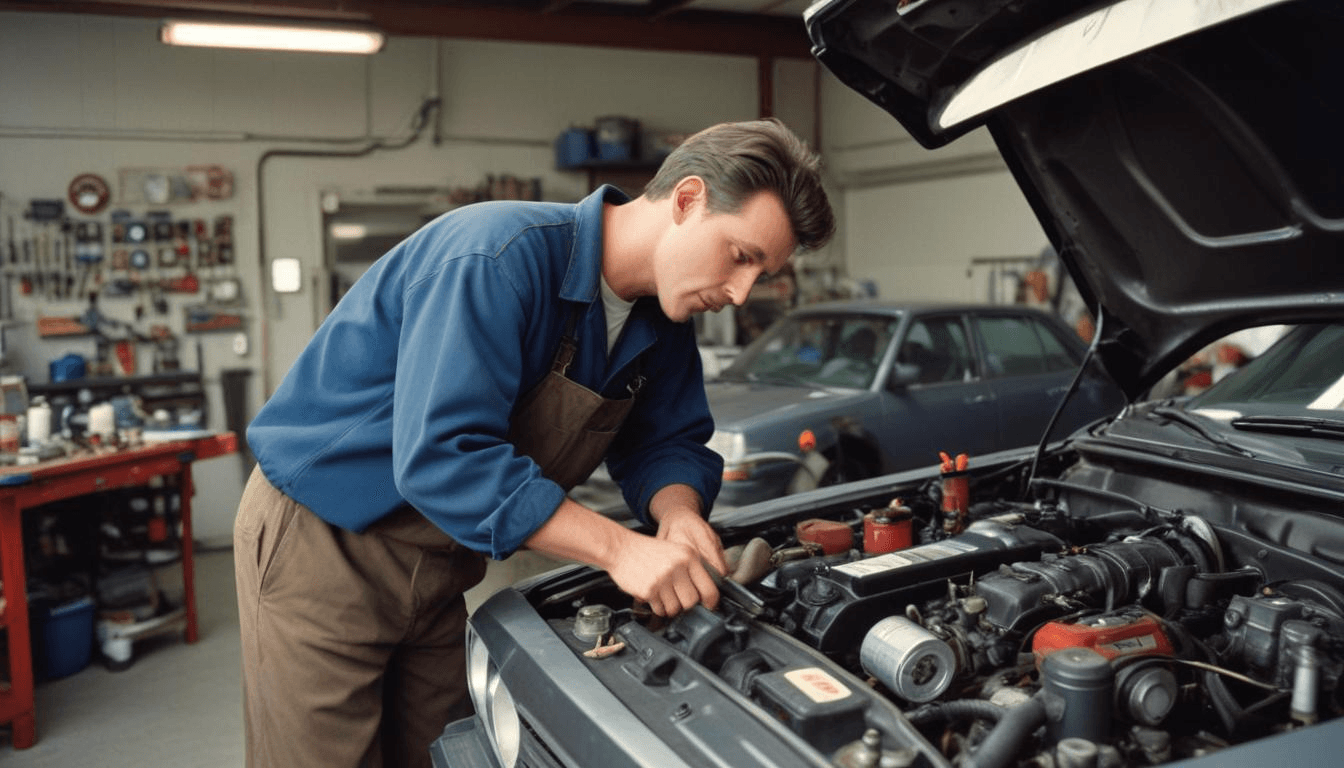Owning an older or high-mileage vehicle can make passing a smog check more challenging, as emissions systems become less efficient over time. However, with proper maintenance and a few key strategies, you can improve your chances of passing. Here’s what you need to do before your next smog test.
1. Keep Up with Regular Maintenance
Routine maintenance is crucial for reducing emissions. Follow your vehicle’s recommended service schedule, including:
- Oil changes to reduce harmful pollutants.
- Air filter replacements to maintain proper airflow.
- Spark plug inspections to ensure efficient combustion.
A well-maintained engine burns fuel more efficiently, lowering emissions.
2. Address the Check Engine Light
A lit check engine light is an automatic smog check failure. If it’s on, have a trusted mechanic diagnose and fix the issue before your test.
3. Warm Up Your Vehicle Before the Test
Cold engines produce more emissions, so drive your car for at least 20–30 minutes before your smog check. This helps warm up the catalytic converter, allowing it to function optimally.
4. Use Fuel Additives
Certain fuel additives help reduce carbon buildup and improve combustion efficiency. Adding one to your gas tank before testing can lower emissions and increase your chances of passing.
5. Check Your Tire Pressure
Properly inflated tires improve fuel efficiency and reduce strain on your engine. Low tire pressure makes your engine work harder, potentially increasing emissions.
Get a Hassle-Free Smog Check at AB Smog Check
Passing a smog check with an older or high-mileage vehicle requires preparation, but it’s achievable with the right steps. For a quick and reliable smog check, visit AB Smog Check, where our experienced technicians will ensure your vehicle meets emissions standards.



